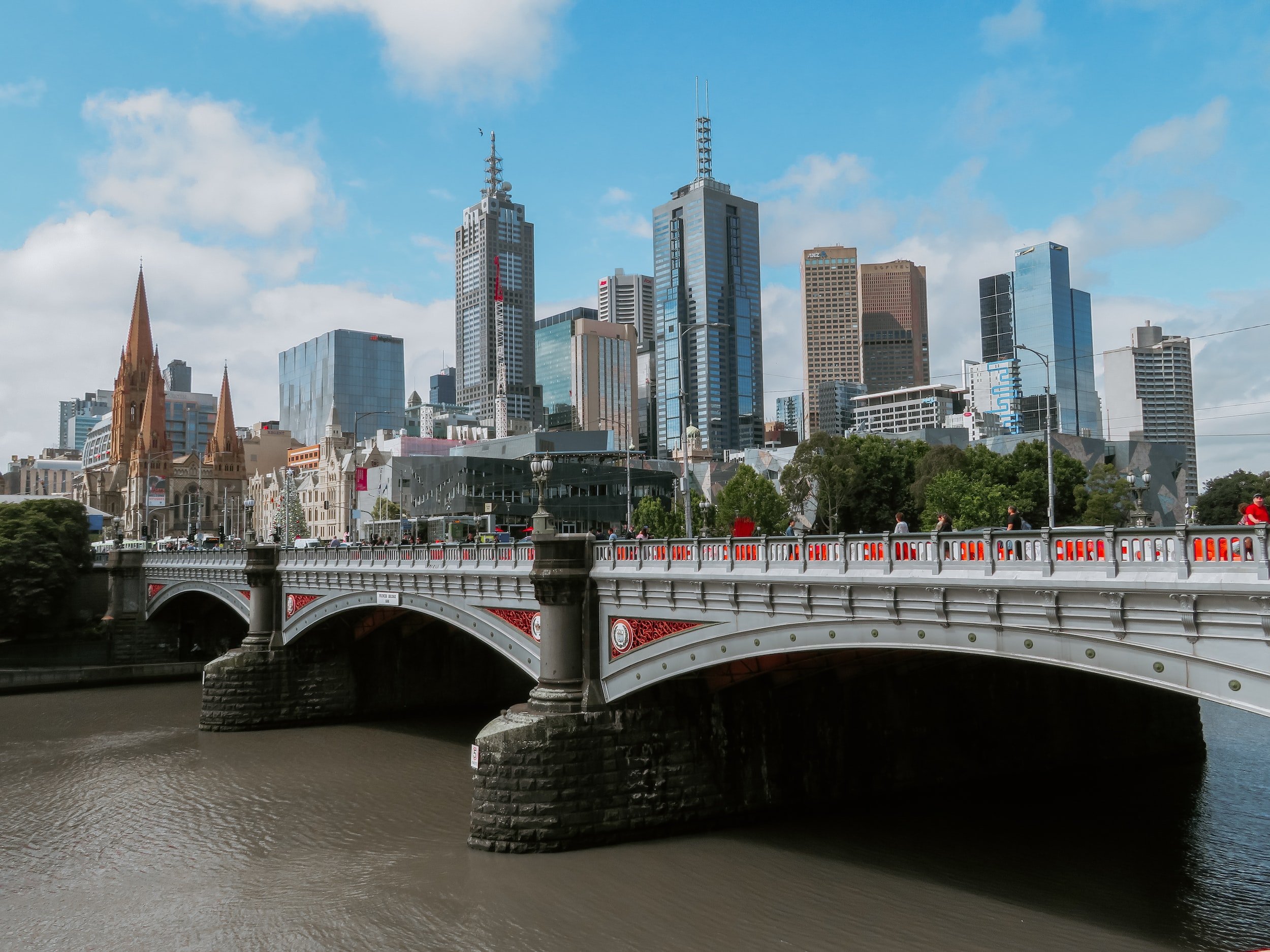
Melbourne City Tour
Fitzroy Gardens. Named after Sir Charles Fitzroy, governor-general of the Australia Colonies in 1851, it is famous for its flowers and plants conservatory. There are also winding paths, a fern gully, and avenues of blue gums, planes, and elms.
Cook’s Cottage. English home of Captain James Cook’s parents. It was shipped to Australia in 1933 piece by piece. It now houses displays about Cook and the 18th-century English lifestyle.
Queen Victoria Market. Melbourne’s main fresh produce and general goods market has an interesting history. The site was originally a cemetery which was eventually exhumed and turned into a market. The market began in 1884 with a wholesale meat market and Elizabeth Street shop façades. Further extensions continued to be added until 1936. Today, the complex occupies 17 acres and attracted about 125,000 visitors per week.
St. Patrick’s Cathedral. Constructed between 1858 and 1897; with its impressive spires completed in 1927, it is one of the best examples of Gothic Revival church architecture in the world.
Shrine of Remembrance. Constructed based on the description of the Mausoleum of Halicarnassus in remembrance of Australian soldiers who were killed in wars. It is Victoria’s most visited war memorial and one of Melbourne’s most recognizable landmarks.
The Yarra River. The river winds for 240 km from Baw Baw National Park to the coast. It is a symbol of the boundary between north and south Melbourne and many citizens live their whole life on one side or the other.
The Victorian Art Center. The art center is home to the Australian Ballet and the Melbourne Theatre Company. The 115m spire is a Melbourne landmark.



